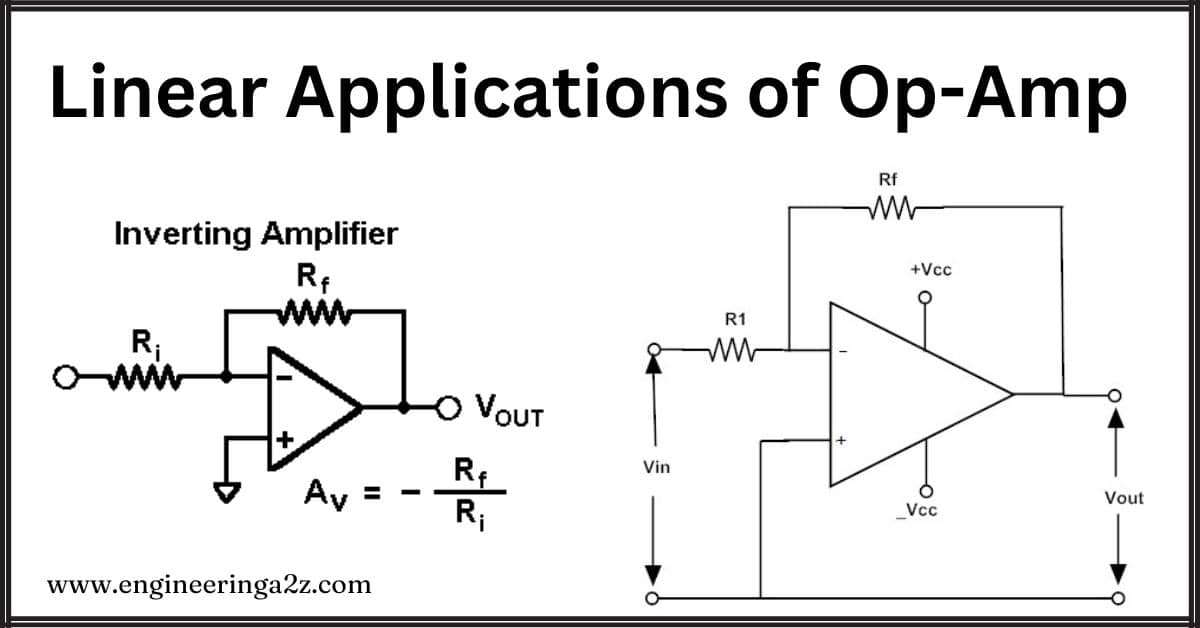
Table of Contents
A linear amplifier like an op amp has many different applications. It can make weak signals stronger and is great at handling electrical tasks. Its unique features make it a handy helper in various applications.
Op Amp applications as Inverting Amplifiers
Op-Amp can be used as an inverting amplifier.
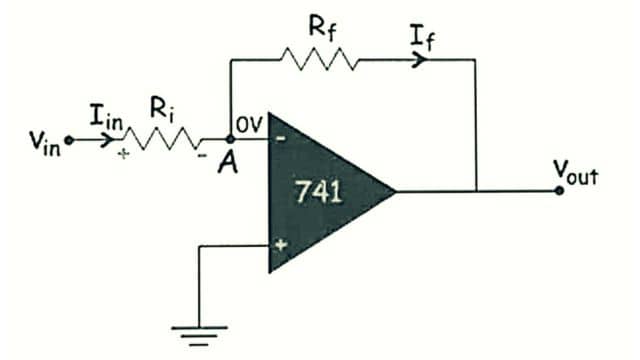
Inverting circuits using Op-Amps are reliable with steady performance, less distortion, and quick response. When an Op-Amp is in a closed loop, it forms a straight connection between input and output. In an inverting amplifier, unity gain is possible if the feedback resistor (Rf) equals the input resistor (Ri).
Op Amp Applications as Non-Inverting Amplifiers
When you apply the input signal to the non-inverting input (+), the output is then sent back to the input through a feedback circuit formed by Rf and Ri (where Rf is the feedback resistor and Ri is the input resistance).
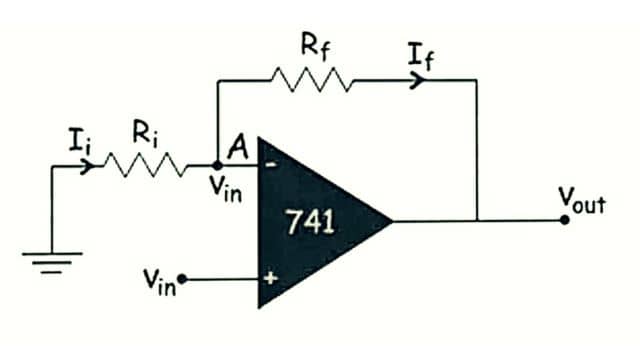
It provides voltage gain without inverting the phase. In transistor equivalents, at least two transistor stages are required for this. It has a high input impedance compared to the inverting input and easily adjustable voltage gain. The signal supply is completely isolated from the output.
Op Amp application as a Phase Shifter
Op-Amp is used for direct coupling, causing the DC voltage level at the emitter terminal to rise from phase to phase. This increasing DC level can shift the operating point of subsequent stages. To counter this, a phase shifter is used, which adds a DC voltage level to the output of the preceding stage to bring the output back to ground level.
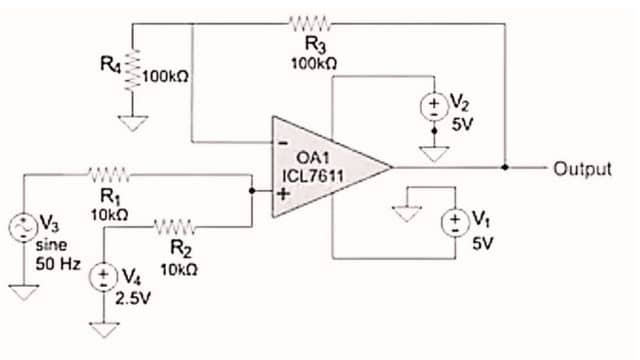
Op Amp as Scale Changer
Op-Amp functions as a scale changer through small signals with constant gain in both inverting and non-inverting amplifiers.
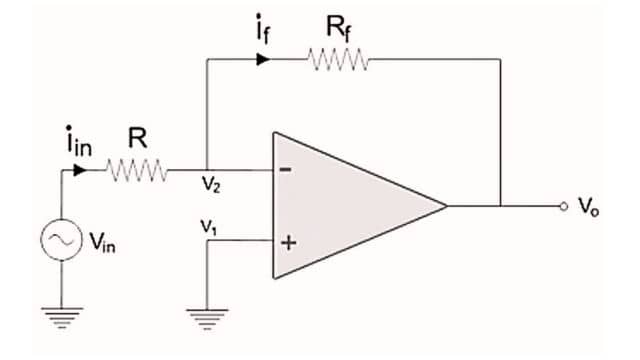
The non-inverting terminal is connected to the ground, and R1 links the input signal V1 to the inverting input. A feedback resistor Rf is connected from the output to the inverting input. The closed-loop gain of the inverting amplifier is determined by the ratio of the two external resistors R1 and Rf , and the Op-Amp acts as a negative scaler by multiplying the input by a negative constant factor.
When an output equal to the input, multiplied by a positive constant, is needed, a positive scaler circuit is applied by negative feedback.
Op Amp Applications as Adder or Summing Amplifier
An op-amp can be used to add or sum the input voltages from different sources into a single output voltage. In this circuit, the input voltages are applied to the inverting terminal, which is grounded. The output voltage is then proportional to the sum of the input voltages.
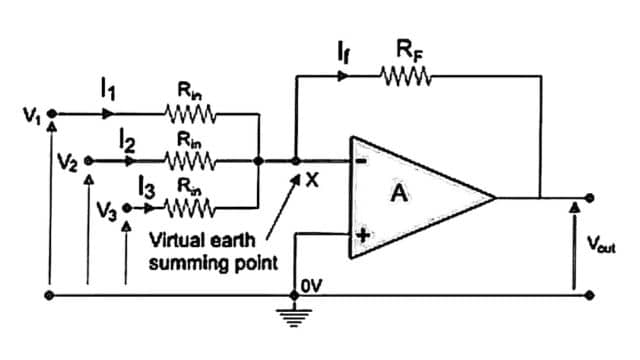
Op Amp Applications as a Differential Amplifier
A Differential Amplifier is a useful combination of both inverting and non-inverting amplifiers. It is mainly used to amplify the difference between two input signals.
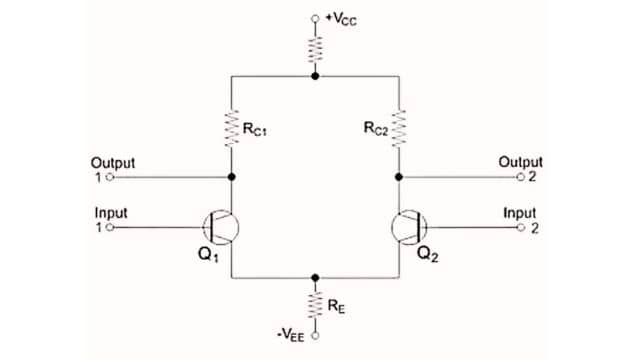
Differential amplifiers have several important applications:
- Signal Amplification: They are commonly used to amplify the difference between two input signals.
- Input stage emitter coupled logic: In electronic circuits, they are employed as input stages for emitter-coupled logic.
- Switching: Used in switching applications.
- Controlling Motors and Servo Motors: They play a role in controlling motors and servo motors.
For example, they are useful in noise elimination. By using a differential amplifier, you can remove transient noise from connected cables, such as twisted pair cables, which are often used to eliminate transient noise.
Op Amp application as a Differentiator
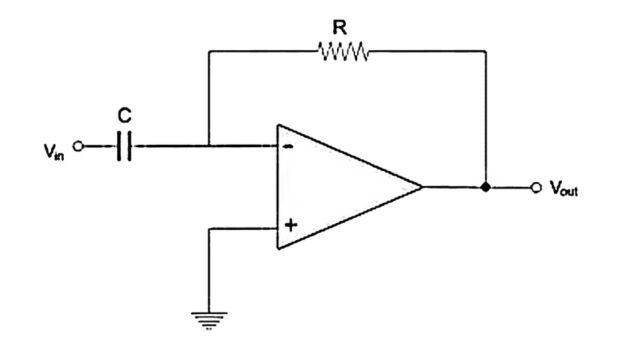
The op-amp can be used as a differentiator, a circuit that provides an output representing the first derivative of the input signal. The relationship between the input and output signals is described by a specific equation.

In simpler terms, when an op-amp is used as a differentiator, the output voltage represents the first derivative of the input voltage. We won’t delve into the derivation of the equation; instead, we focus on understanding the practical application of an op-amp as a differentiator.
Op Amp Applications as Integrator
In simple terms, an op-amp can function as an integrator. When configured as an integrator, the op-amp generates an output that depends on both the amplitude and the duration of the input signal. Instead of a resistor, a capacitor is used in the feedback loop. This setup allows the op-amp to perform the mathematical operation of integration, where the output changes based on the input and the signal’s duration.
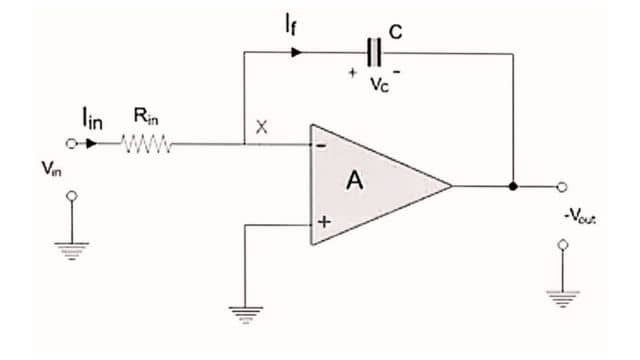
Op Amp Applications as Voltage to Current Converter
In simple terms, an op-amp with negative feedback is commonly employed for converting voltage to current. The circuit involves applying a voltage to the non-inverting terminal and feeding back the output to the inverting terminal, which is grounded through a resistor.
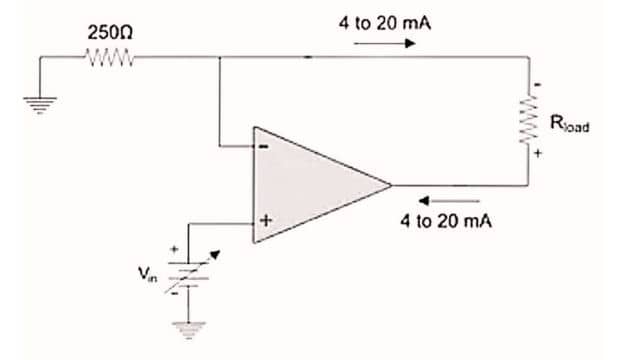
Op Amp Applications as Current to Voltage Converter
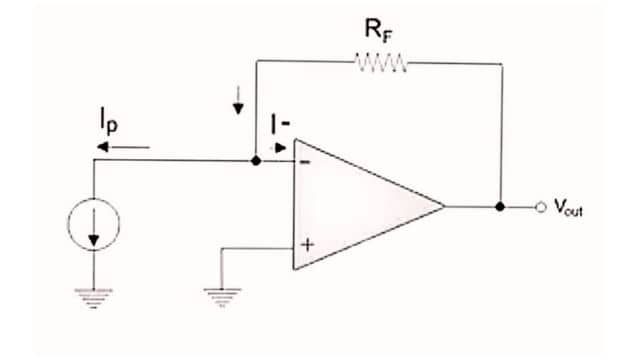
In simple terms, an op-amp can be used as a current-to-voltage converter with a straightforward circuit. Connect a feedback resistor to the op-amp’s output, feed the current source into the inverting terminal, and ground the non-inverting terminal. The output voltage is then proportional to the input current. Since an ideal op-amp has infinite resistance, the current doesn’t flow through it but goes through the feedback resistor, determining the voltage across it based on the current source.
Vout = -Rf Iin
Op Amp Applications as Logarithmic Amplifier
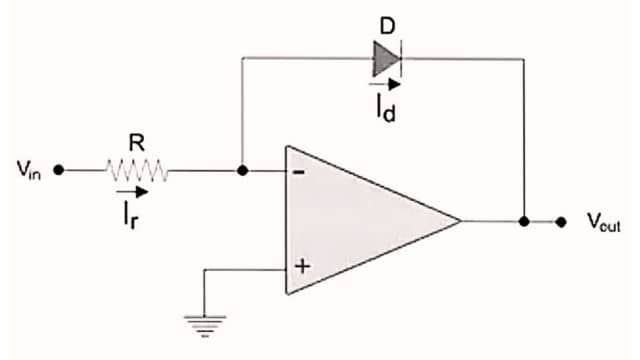
To create a logarithmic amplifier using an op-amp, replace the feedback loop’s resistor with a diode. Ground the non-inverting terminal and input the voltage to the inverting terminal. The output voltage becomes proportional to the logarithm of the input voltage, making it suitable for use as a logarithmic amplifier.

Op Amp Applications as Half Wave Rectifier
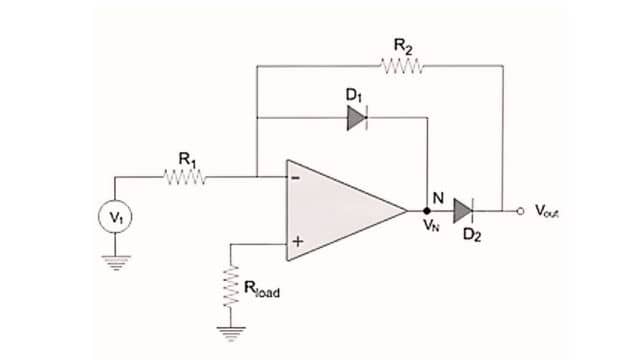
The circuit diagram above demonstrates how an op-amp can function as a half-wave rectifier. During the positive voltage cycle, diode D2 is reverse-biased due to the op-amp’s inversion of the positive signal, resulting in no output. However, during the negative voltage cycle, diode D2 becomes forward-biased and conducts, turning the circuit into a half-wave rectifier.
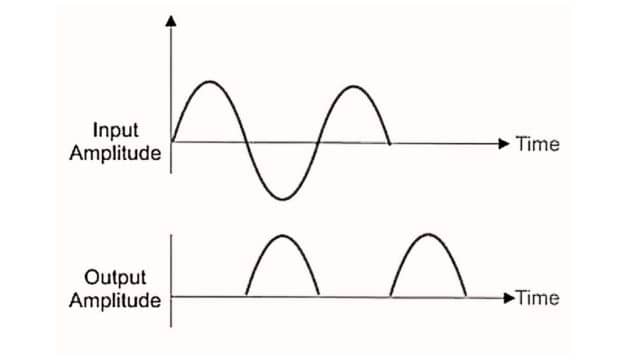
Op Amp Applications as Peak Detector
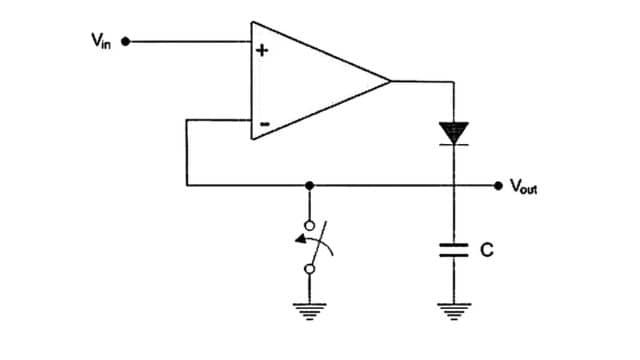
The circuit above shows the use of op-amp as a peak detector. It includes a diode and a capacitor. When Vout exceeds Vin, the output is positive, causing the diode to conduct. On the other hand, when Vout is less than Vin, the diode is reverse-biased and doesn’t conduct. The capacitor charges to the highest positive value.
Op Amp Applications as Voltage Comparator
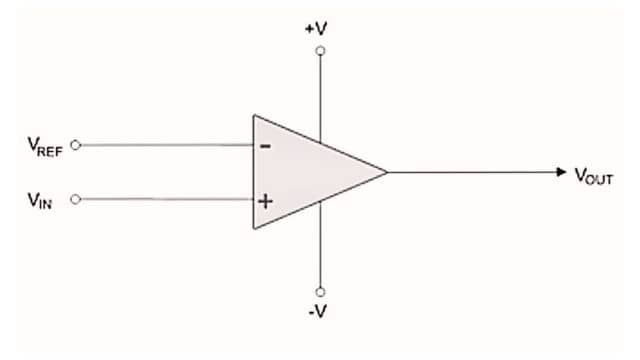
This is quite straightforward. Two voltage sources are connected to the two terminals of the op-amp. The reference voltage goes to the inverting terminal, and the voltage to be measured is connected to the non-inverting terminal. If the applied voltage is higher than the reference voltage, the output will be positive; otherwise, it will be negative.
Frequently Asked Questions (FAQs)
What are the 4 applications of op-amp?
Op amps are like versatile tools in electronics, finding use in various applications. They act as voltage followers, selective inversion circuits, convert current to voltage, serve as active rectifiers, integrators, different types of filters, and even as voltage comparators.
Why is an op-amp a linear device?
An OP (operational amplifier) is a powerful electronic device that amplifies voltage. It typically has two input terminals and one output terminal. If the output is directly proportional to the input, it’s called linear.
What is the importance of op-amp?
Operational amplifiers enhance the voltage difference between inputs, making them valuable for various tasks like managing signals, powering devices, and controlling functions in electronic systems.
Read Also:
- LVDT | Construction | Principle | Advantages and Applications
- Display Devices | LCD, LED, Seven Segment, Sixteen Segment
- Physical Sensors | Classification, Types, and Advantages
- Feedback Amplifier | Types, Properties, and Topologies
- UPS | Types | Online and Offline UPS







Leave a Reply